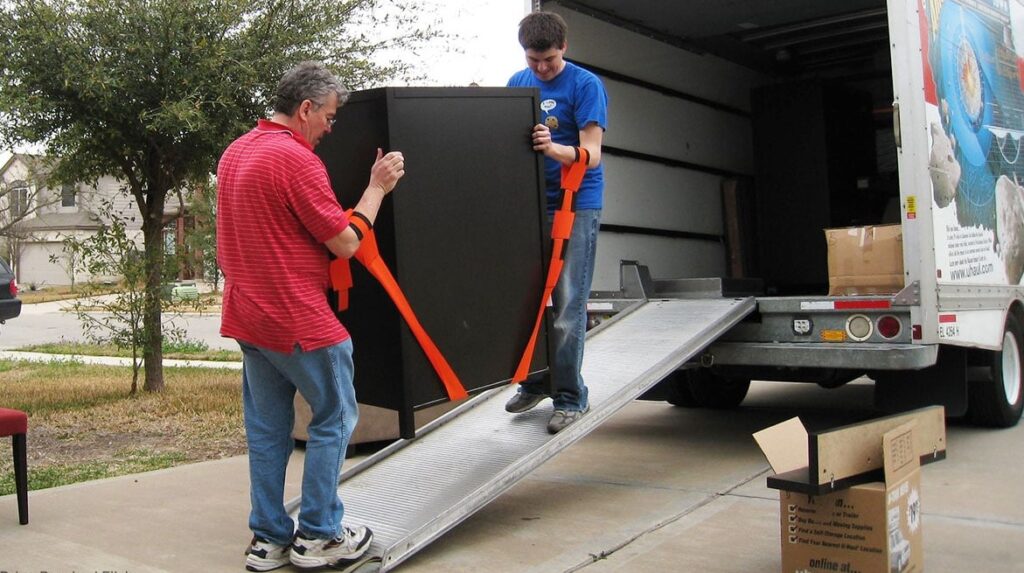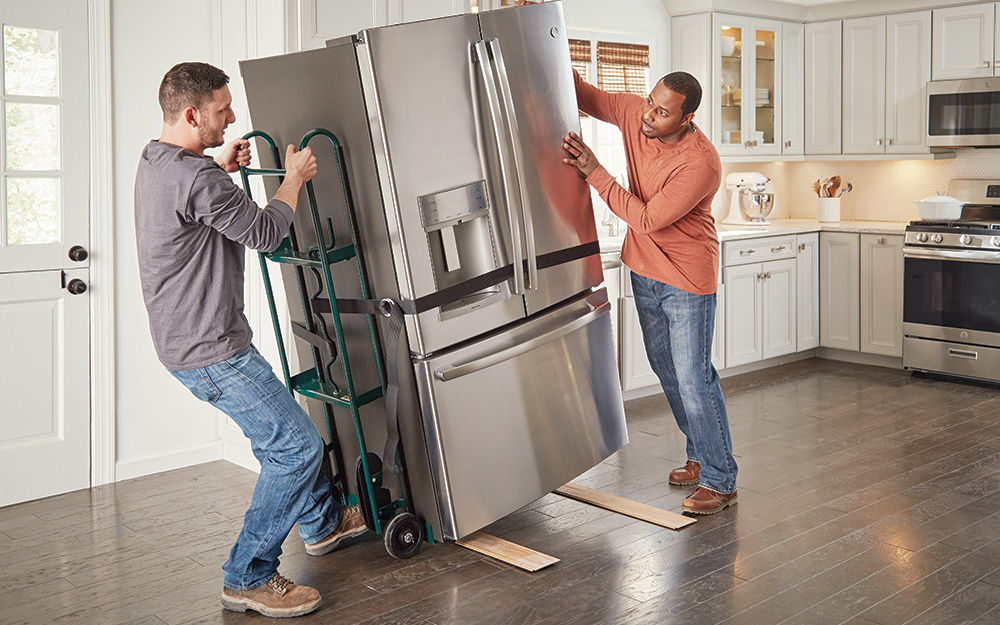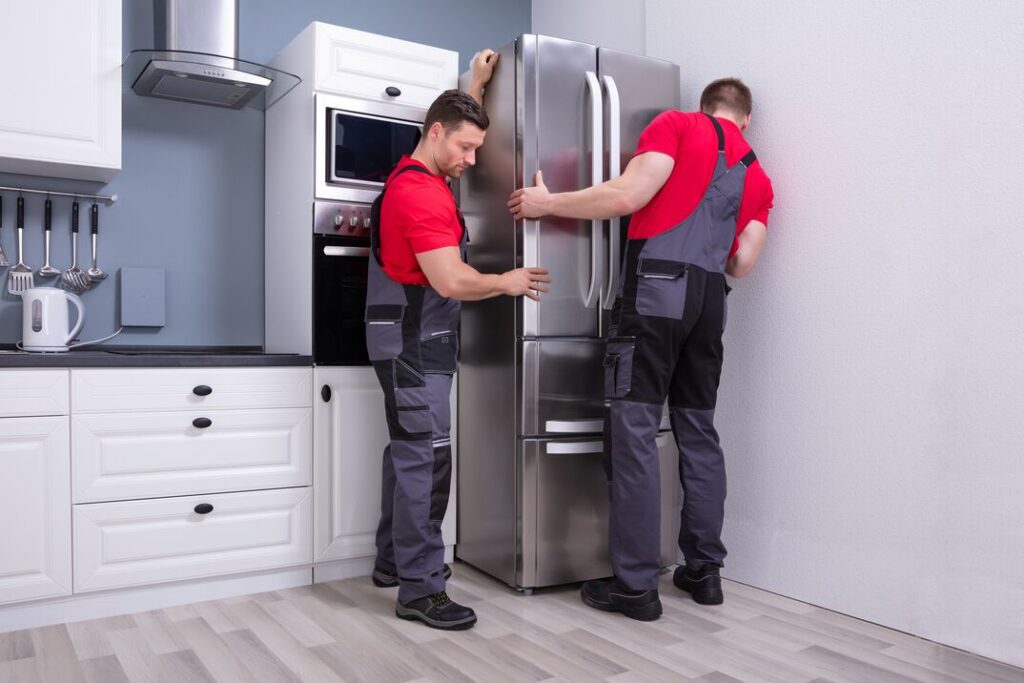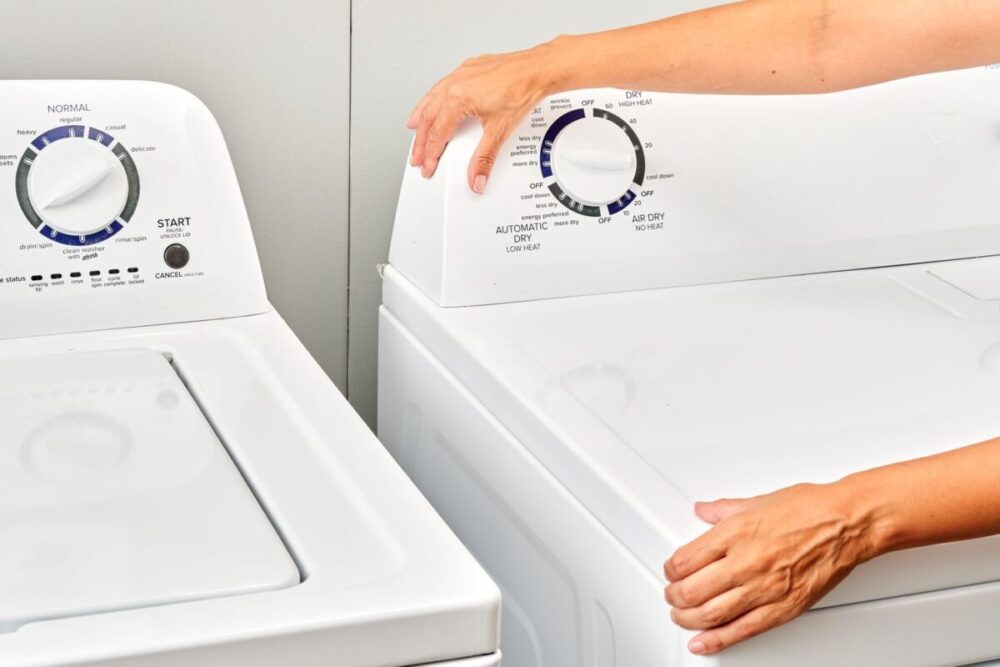I have moved multiple times in my life. I have gone from houses to apartments and back again. I have lived on the first-, second, and third floors.
To top it all off, several of my moves have included heavy appliances. I’m talking about refrigerators, washing machines, and dryers.
Moving heavy appliances can be exhausting. It can also be dangerous. If you don’t know what you’re doing, you could hurt yourself as well as others. That says nothing of the possibility of damaging your appliances in the process.
Getting heavy appliances safely from point A to point B is all about physics. Apply the right principles and you can move heavy appliances with very little effort. Where less effort is required, there is less of a tendency to do things that can result in an accident or injury.
Measure Your Path Twice
The first thing you should do before moving heavy appliances is to measure the path you are going to take. And just don’t measure once. Measure twice. You take two measurements to make absolutely sure that you get it right. Why measure? So you can come up with a plan to get the appliances through doorways, around narrow corners, etc.
If the path you have chosen will not comfortably accommodate the appliances, you’ll need to come up with a different route. So don’t wait until you are ready to move to take your measurements. Measure ahead of time and plan accordingly.
Use a Dolly and Straps

Source: mymovingreviews.com
When I was younger, moving heavy appliances was as simple as picking them up and carrying them. But I was an idiot in my younger years. Carrying something as heavy as a refrigerator is both dangerous and completely unnecessary. That’s what they make dollies for.
Professional movers use dollies all the time. So should you. If you don’t own one, you can probably rent one from the same company you’re getting the truck from. And even if you are not renting a truck, just about any tool rental shop will have dollies.
You will also need some straps to hold the appliances to the dolly. I recommend cam buckle straps from Rollercam. They are easy to use, more than strong enough, and very affordable. Just don’t try to substitute with bungee cords. Bungee cords are not really strong enough to stop a shifting appliance from falling off a dolly.
Pushing Rather Than Pulling
One of the biggest mistakes people make when moving heavy appliances with dollies is attempting to pull the load. Pulling just makes things harder. Push it instead – especially when you’re going through doorways and down staircases.
The only time you want to pull is when you are going up a staircase or ramp. For everything else, push. Remember, pushing gives you better control and leverage. Always assess the path ahead to determine if pushing is suitable. When in doubt, consult with a partner or utilize proper tools to facilitate the move.
Use a Spotter

Source: fmarxfilm.com
Another mistake a lot of people make is working without a spotter. Don’t do it. Use a spotter in front of you to keep an eye on things. Why? Because you might not be able to see your path clearly. A spotter can tell you if there are any hazards in your way.
He can tell you if you are cutting a corner too closely. A spotter can even be there to steady the appliance if it starts to shift. A spotter is your eyes and ears where you can’t see or hear. Cooperation and clear communication with your spotter can prevent accidents. Don’t hesitate to take slow, measured steps and listen to your spotter’s guidance.
Protect Your Back and Knees
Moving heavy appliances can place a tremendous strain on your back and knees if not done correctly. It’s crucial to use proper lifting techniques to prevent injury. Start by squatting down to the object’s level and keeping your back straight and your knees bent.
This position will allow your legs to do most of the work, rather than your back. Use your core muscles to stabilize your movements, and avoid twisting your back as you lift or carry the object. Wearing a back support brace can provide additional support and remind you to maintain the proper posture.
Proper footwear that provides good grip and support is also vital. Investing in knee pads can make it more comfortable to kneel when necessary. Always be mindful of your body’s limits and don’t hesitate to ask for help or use mechanical aids if the weight is too much. Practicing good body mechanics protects your most vulnerable areas and ensures that you complete the job without physical harm.
Ensure Appliance Safety and Functionality

Source: homeserve.com
Moving heavy appliances is not only about the physical challenge; it’s also about ensuring the safety and functionality of the appliance itself. Before moving, unplug and secure all electrical and water connections, and take note of any special handling instructions that may be present in the owner’s manual.
Utilize moving blankets and padding to protect the appliance’s exterior from scratches and dents. If you’re moving a refrigerator or freezer, make sure to defrost it well in advance and keep it upright during the move to prevent coolant leaks.
If the appliance has removable parts, take them off and pack them separately, labeling everything clearly. After the move, give the appliance time to settle (especially refrigerators) and check everything thoroughly before reconnecting it. This ensures that your appliance remains functional after the move and that no unexpected damages or malfunctions occur due to mishandling.
Final Thoughts
Moving heavy appliances can be easy or hard. It can be safe or dangerous. Ultimately, you determine what happens by the choices you make. Take some advice from somebody who has moved multiple times: measure your route, use a dolly and straps, and have a spotter keep an eye on things.
Proper preparation and utilizing the right tools can make all the difference in a safe and efficient move. Remember to prioritize not only your safety but also the integrity of the appliance. Your thoughtful approach can save time, and effort, and prevent potential injury or damage.























